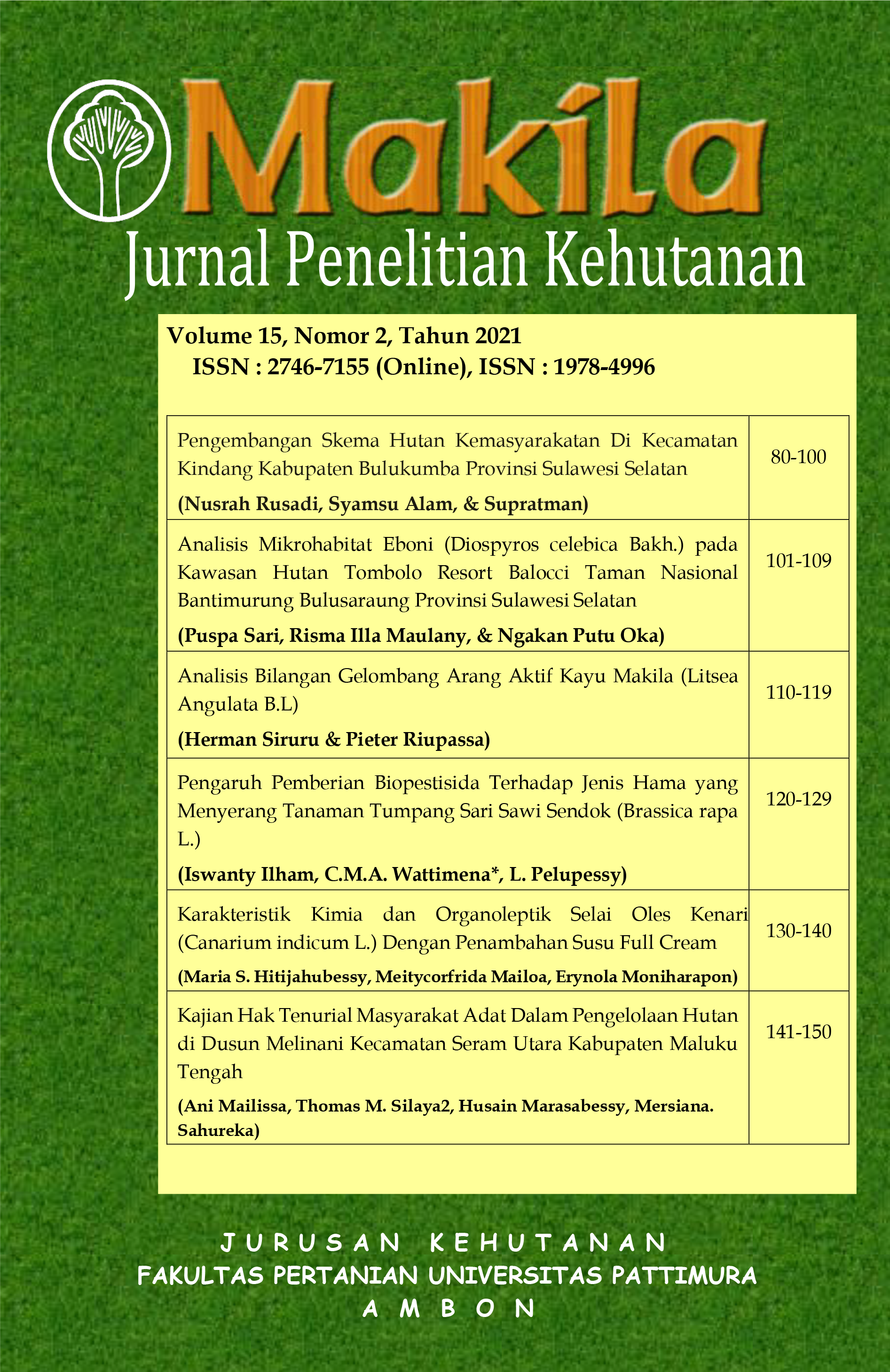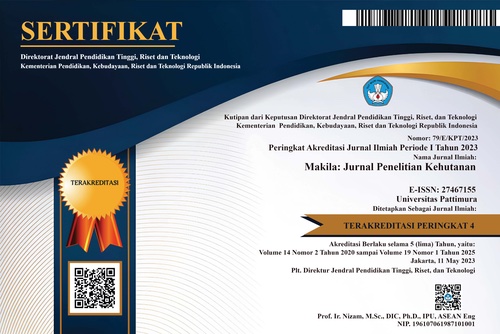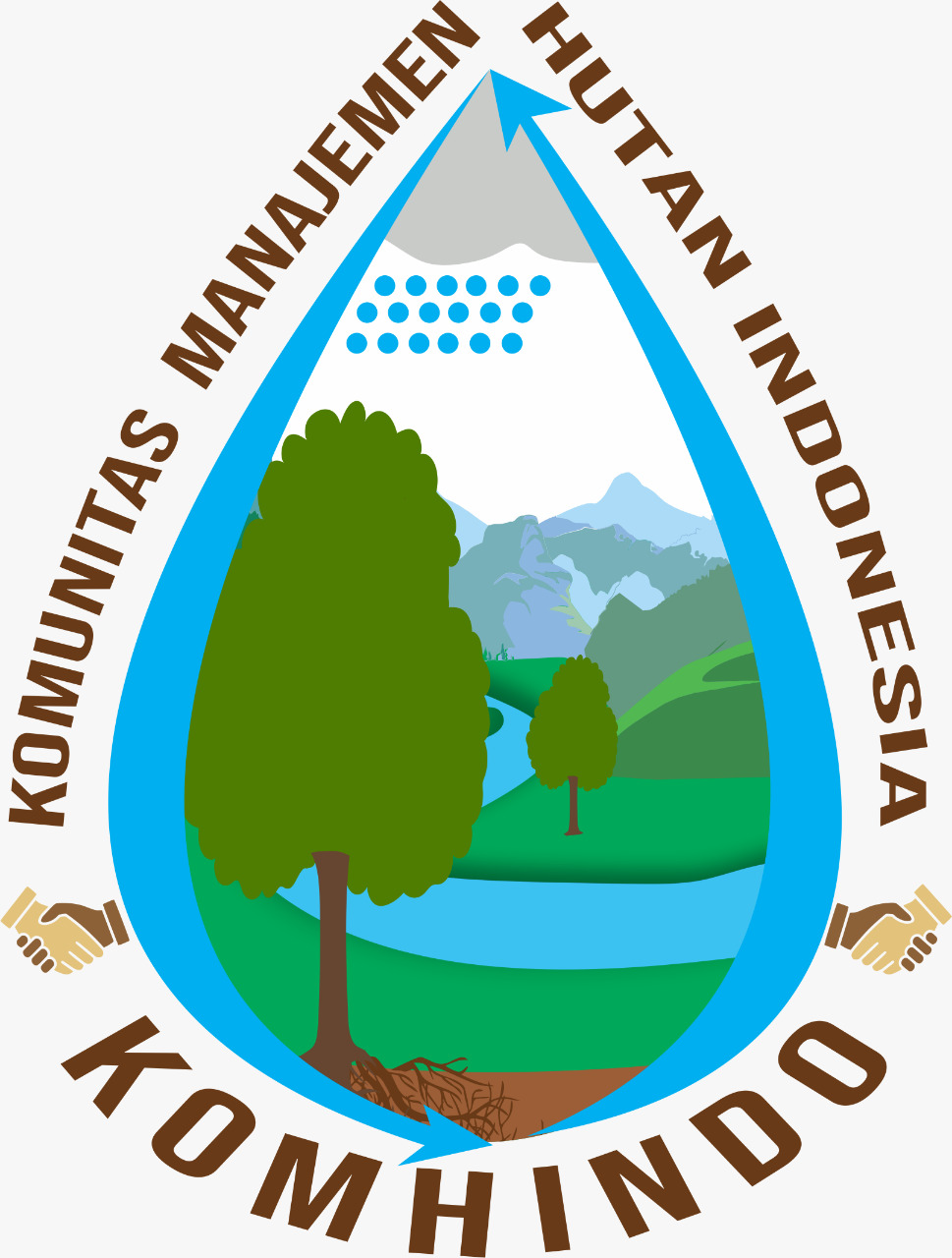Pengaruh Pemberian Biopestisida Terhadap Jenis Hama yang Menyerang Tanaman Tumpang Sari Sawi Sendok (Brassica rapa L.)
Abstract
This study aims to determine the effect of giving biopesticides of papaya leaves with various concentrations to the death of insects that attack the mustard plant (Brassica rapa L.). This study used a completely random design consisting of 1 treatment consisting of 3 levels, with three repeats, each treatment consisting of 10 plants so that it takes 120 units of experiments. Treatments A0 (Control), A1 (100 grams), A2 (200 grams), A3(300 grams). The results showed that in the first spraying concentration of 100 grams, 200 grams, 300 grams had no real effect on the spoon mustard plant in the rainy season, then spraying was less than optimal. In the second spraying, the concentration of 100,200,300gr affects the attack of mustard plant pests, it can be seen that the pest attack has been reduced, but that makes the attack very heavy due to the presence of destructive human factors. A type of insect-resistant to treatment is the Wood Grasshopper (Valanga nigricornis). Referring to the study results, spraying biopesticides is expected to be done thoroughly to the bottom of the leaves because pests generally place their leaves under the surface of the leaves. The research process should be done when the weather is sunny, or the research land is given optimal shade value.
Downloads
Copyright (c) 2021 Iswanty Ilham, Cornelia. M.A. Wattimena, L Pelupessy

This work is licensed under a Creative Commons Attribution 4.0 International License.











